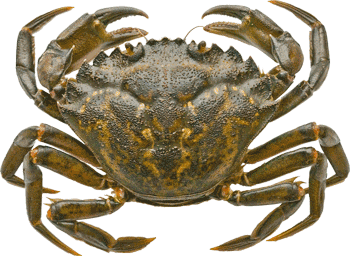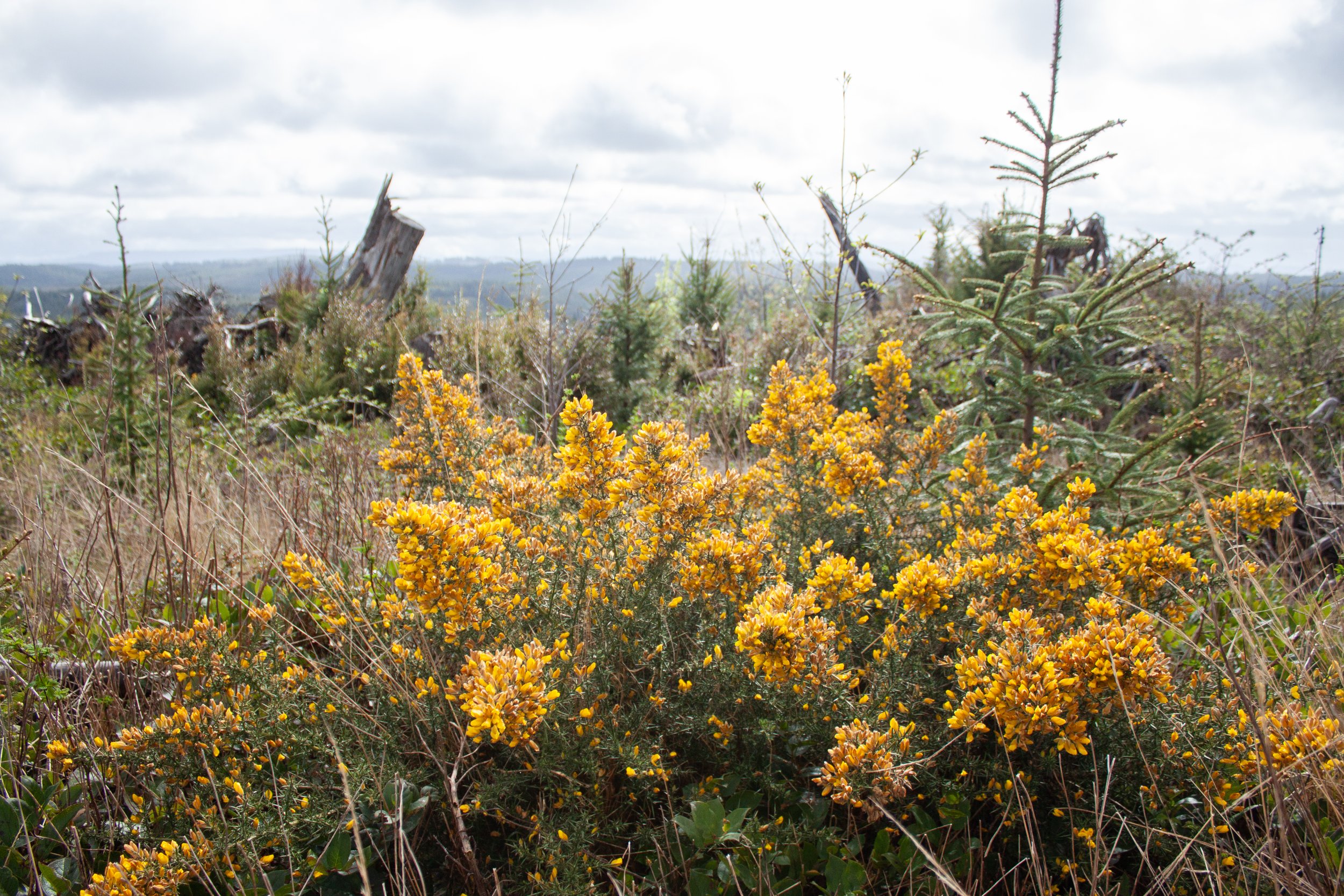Invasive plants, animals, and other problematic non-native species present a long-standing challenge to natural resources management in the Pacific Northwest. These species can cause native species declines through predation, disease, habitat alteration, and competition for resources (e.g., food, light). Invasives also act as disease vectors for humans and can negatively affect the productivity and operations of important sectors such as agriculture, fisheries, tourism and recreation, and energy and water utilities. All of these challenges will be magnified by the impacts of climate change.
Climate change will both accelerate the introduction and spread of invasive species and make native species and systems more susceptible to damage or competition. Warming temperatures will likely increase habitat suitability for a number of non-native and/or invasive species that may expand their ranges into new terrestrial and aquatic areas. Wildfires, droughts, and other disturbance events can degrade or destroy forest, shrub, and grassland habitats, allowing invasive annual grasses such as cheatgrass to quickly replace and outcompete native species. Some invasive plant species increase the risk and severity of wildfire, causing feedback loops of increasing invasive species dominance with each fire cycle. Invasive species may also exacerbate the effects of climate change. For example, emerald ash borer invasions can drastically reduce riparian canopy cover which provides critical shading that moderates warming stream temperatures. Other changes, such as the melting of sea ice in the Northwest Passage, may facilitate new opportunities for invasive aquatic species to be introduced via maritime transportation pathways.
Management of invasive species in a changing climate will entail more stringent practices in terms of rapid detection, treatment, and removal, while keeping an eye on the horizon for emergent invasions through integrated monitoring, communications, and outreach with other managers. The Hub is expanding its species profiles to consider the direct and indirect impacts that climate change will have on invasive species and management approaches. We encourage you to explore the following profiles:
Emerald ash borer
Reed canary grass
Spartina
Sudden oak death
Northern giant hornet
Goldspotted oak borer
Spotted lanternfly
Whirling disease
Green crab
Northern pike
Gorse
Elodea
Alder phytophthora
White nose syndrome fungus
Giant hogweed
Kudzu vine
Resources to explore:
Northwest Regional Invasive Species and Climate Change Network: www.nwriscc.org
Climate-induced expansions of invasive species in the Pacific Northwest, North America: a synthesis of observations and projections: https://link.springer.com/article/10.1007/s10530-020-02244-2
Invasive Species and Climate Change – Fostering Ecosystem Resilience: https://www.invasivespeciescentre.ca/wp-content/uploads/2020/03/Climate-Change-Fact-Sheet-FINAL-WEB.pdf
Incorporating climate change into invasive species management: insights from managers: https://link.springer.com/article/10.1007/s10530-019-02087-6




